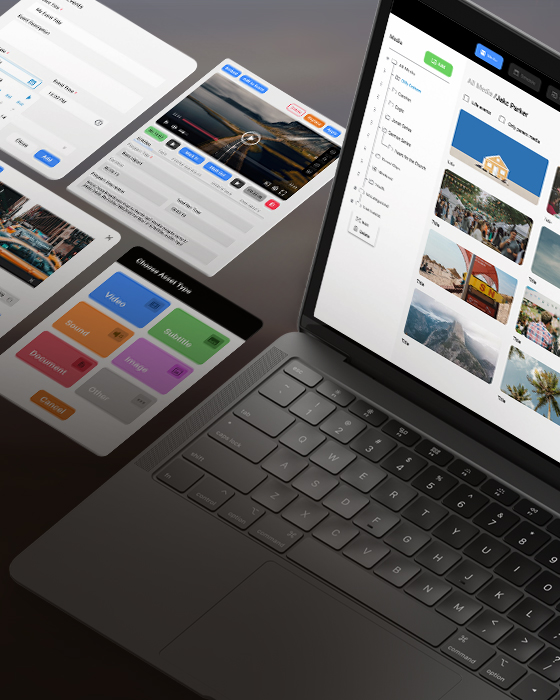Proactive start of change implementation
With the client approaching us and understanding the need to revamp their foundational architecture, Oxagile’s team leveraged its multi-year development experience to conduct a comprehensive audit of their infrastructure and propose the most beneficial option for such a multi-tenant application.
We developed a Proof of Concept (PoC) to analyze the migration effort from .NET to various frameworks, including Ruby, as per the client’s preferences. As a result, we advised the client that transitioning to .NET 8 and moving from virtual machines to cloud containers would be much more cost-effective. This approach provided cross-platform compatibility and other essential benefits:
- It ensured faster application performance.
- Containerization facilitated scaling within an AWS infrastructure, reduced maintenance and infrastructure costs, and streamlined CI/CD processes.
- Since new frameworks like .NET 8 are continuously supported and updated, their vulnerabilities are regularly fixed, enhancing both functionality and security.


















